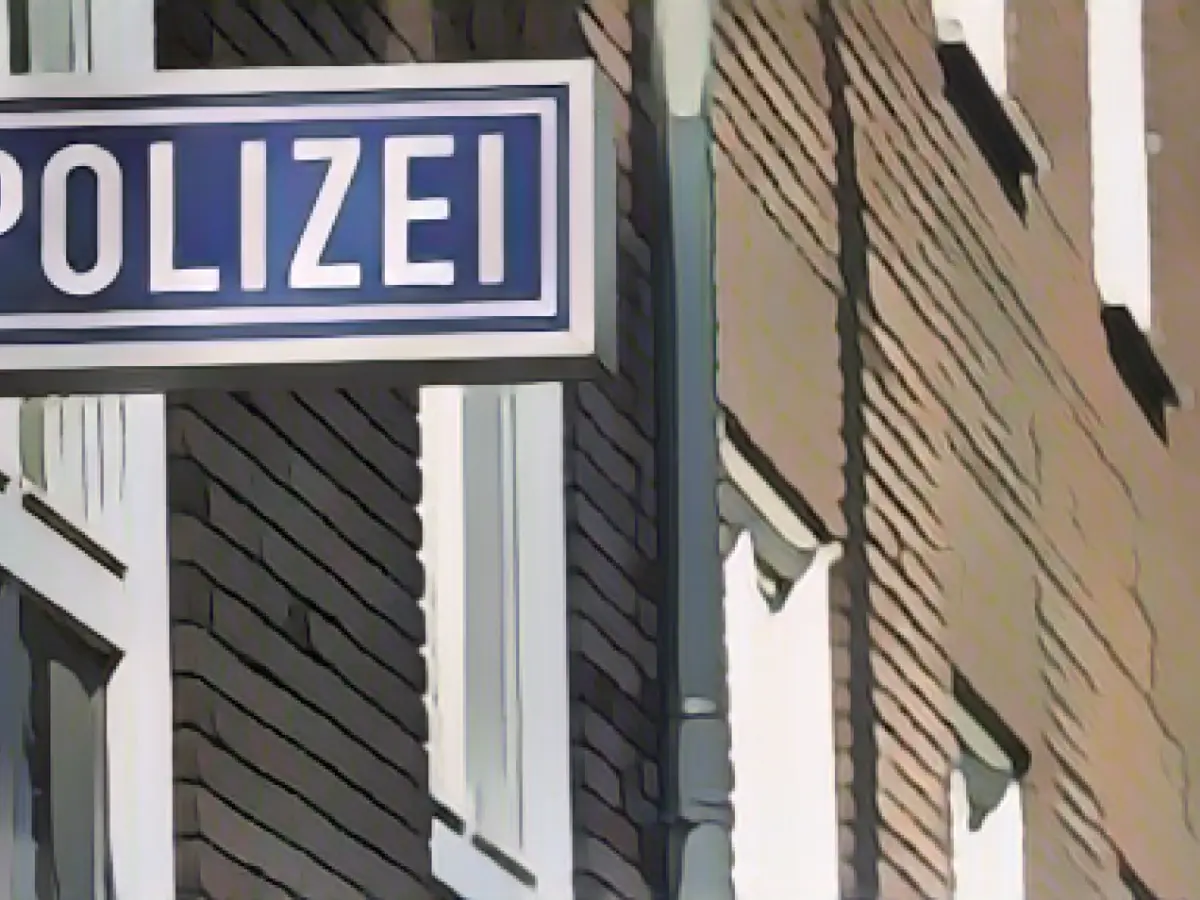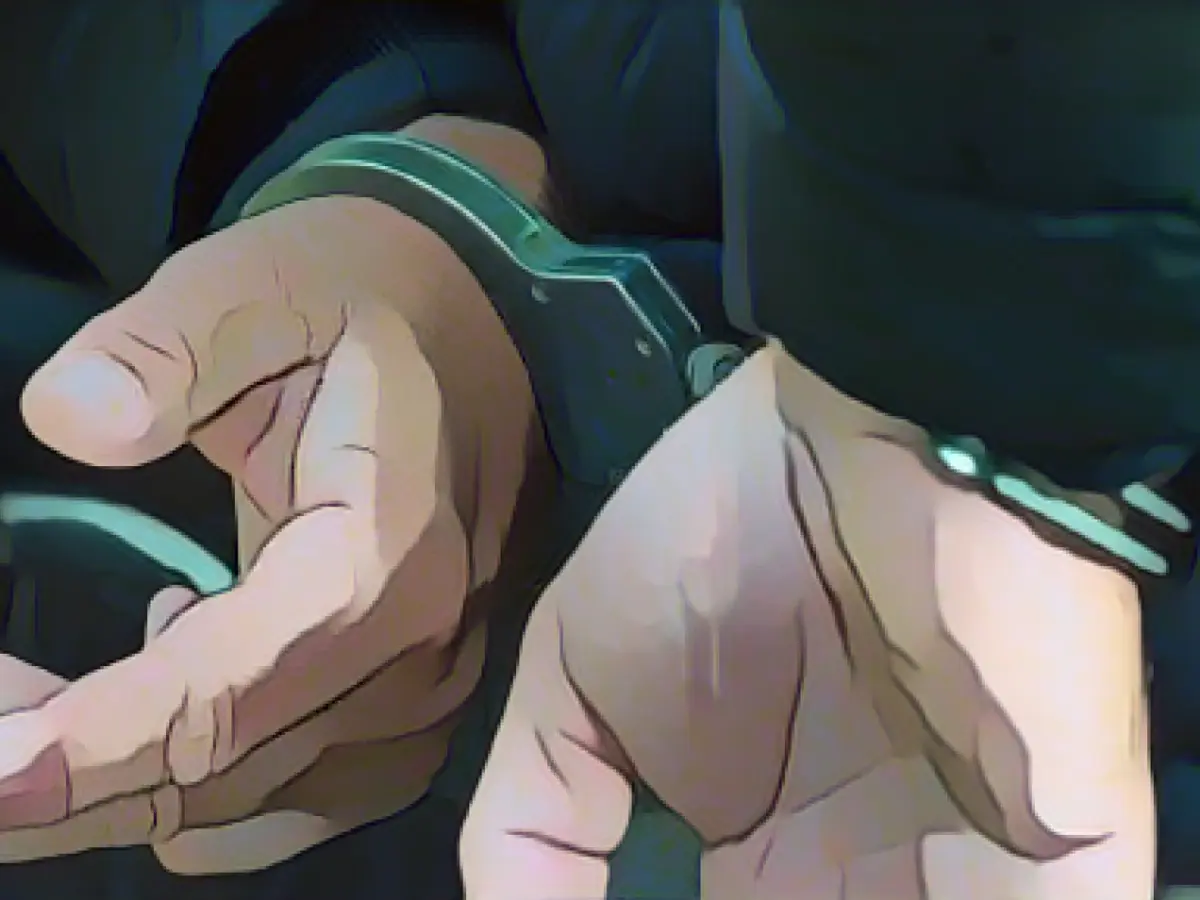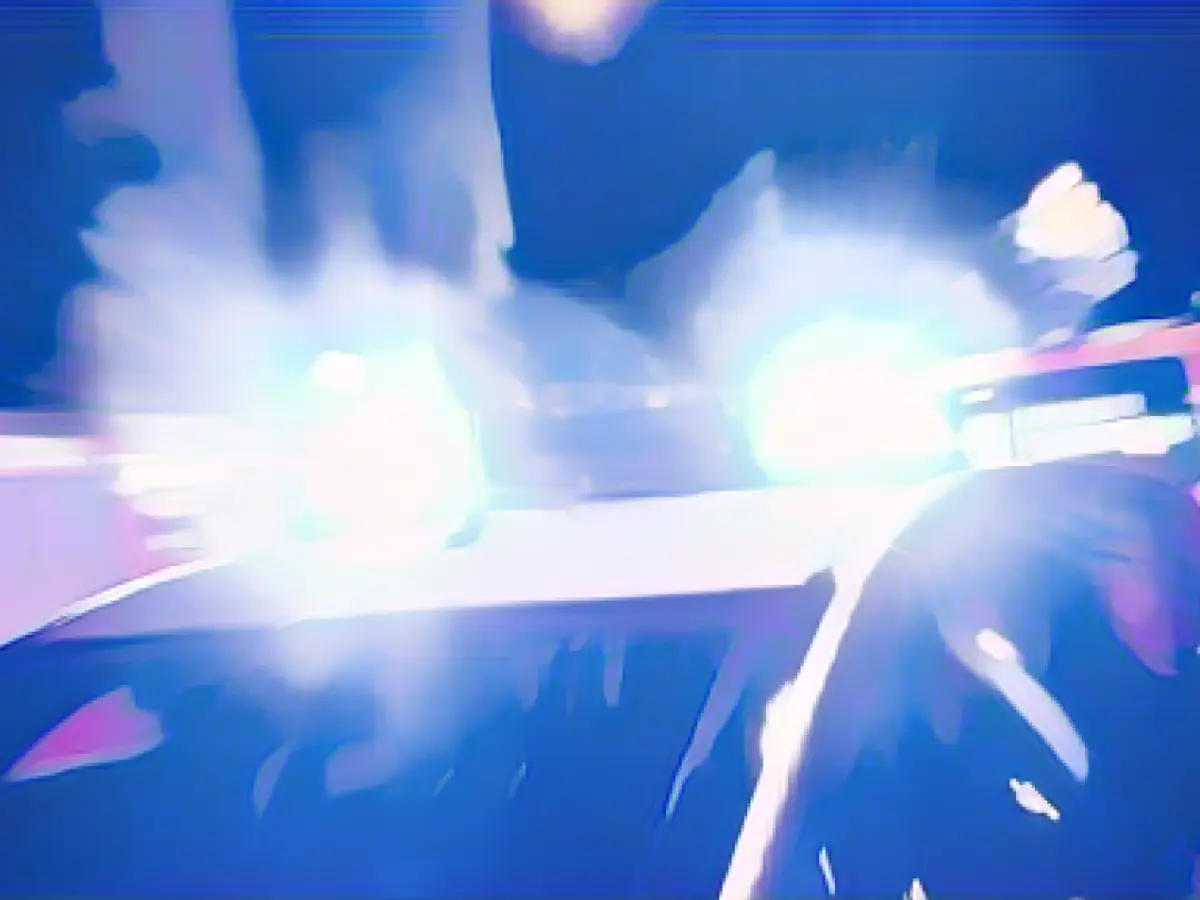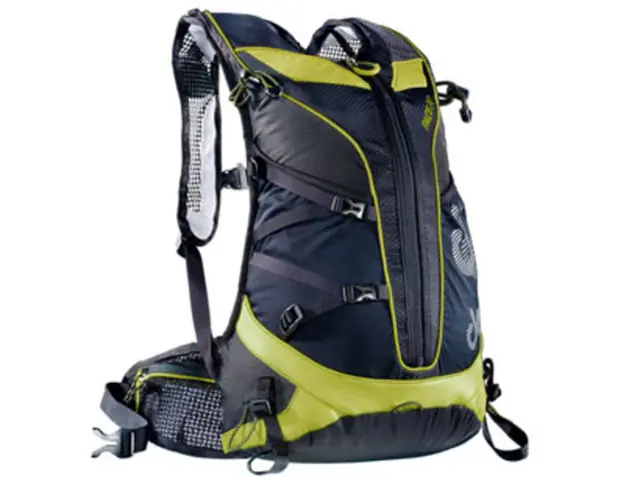Slippery Spells Ahead: Watch Out for Frosty Roads and Rail Disruptions in Baden-Württemberg
Brace yourself, folks living in Baden-Württemberg – the roads and paths might be slick today, courtesy of Mother Nature. According to a spokesperson from the German Weather Service (DWD) based in Stuttgart, precipitation is a possibility throughout the day in the region. And if it happens to rain in the current frosty conditions, you can expect some tricky black ice. Don't be fooled; a few drops of rain are all it takes to make things slippery as a pan of glass.
Earlier in the day, there were already reports of dodgy black ice in the Rhine Valley. The precipitation front is set to venture further east toward the evening and night, with freezing rain and black ice predicted along the Bavarian border as well as in Upper Swabia and the Alb.
As if that wasn't enough, there's also the chance of one to three centimeters of fresh snow in the mountains by tomorrow morning. This could make driving conditions even more treacherous, especially if snow and freezing rain decide to make an appearance. The spokesperson from the DWD explains that if the two start alternating, it could lead to some whiteout conditions, and you might struggle to see the ice.
If you're planning on taking the train, hold onto your hats, as rail challenges are expected to continue until midweek. According to a spokeswoman from Deutsche Bahn in Stuttgart, the southern regions of Baden-Württemberg have been hit hardest by delays and cancellations due to trees and branches falling onto overhead lines.
Disruptions have been reported between Schaffhausen and Waldshut-Tiengen, Schaffhausen and Singen, Friedrichshafen and Radolfzell, Constance and Singen, and Titisee and Seebruck. Restrictions are still in place between Kressbronn and Lindau, but the effort is to clear up all routes by tomorrow for a smoother ride the following day.
Good news for passengers on the Gäubahnbetween Stuttgart and Singen, where the train service has been resumed with individual long-distance trains. However, the trains' service will be heavily limited at the start. Passengers are advised to keep an eye on the railroad's website before setting off.
In Munich, the main station is experiencing limited access, leading to high capacity utilization of trains. The railroad recommends postponing journeys to and from Munich. And if you're wondering about the weather goodness, it's set to get warmer on Tuesday, with temperatures increasing up to two degrees in the Baar and up to almost nine degrees on the Rhine. There might be a bit of rain here and there, but no need to panic.
Upper Swabia and mountain country in Germany are set to experience freezing rain and black ice, which could lead to more rail disruptions. Rain and black ice have already been reported in the Rhine Valley. The possibility of up to three centimeters of fresh snow in the mountains adds an extra layer of danger. The German Weather Service (DWD) in Schaffhausen predicts that it may snow again above 600 meters in the Black Forest, adding to the complexity of the weather conditions.
It's essential to consult local weather services or transportation authorities for the most accurate and up-to-date information on weather forecasts and potential impacts on transportation in these regions. Stay safe, and remember: when it comes to winter weather, prepare for the worst and hope for the best!
Enrichment:
Freezing Rain and Black Ice
Freezing rain is precipitation that falls as raindrops and immediately freezes upon impact with surfaces below freezing temperature, forming a thin layer of ice. This thin layer of ice can be extremely hazardous, often leading to black ice – a transparent or nearly transparent layer of ice that forms on a surface when water is not present, but temperatures remain below freezing. When temperatures fluctuate, the combination of salt, water, and ice can create slippery conditions that pose a risk for both drivers and pedestrians.
Impacts on Transportation
The formation of freezing rain and black ice can have severe consequences for transportation, especially during peak travel times. Roads and highways become icy, increasing the risk of accidents and hazardous driving conditions. Rail tracks can also become slippery, leading to delays, cancellations, and reduced rail capacity. Public transportation authorities often implement speed limits, reroute buses, and provide alternative travel options during these weather conditions to ensure the safety of passengers.








